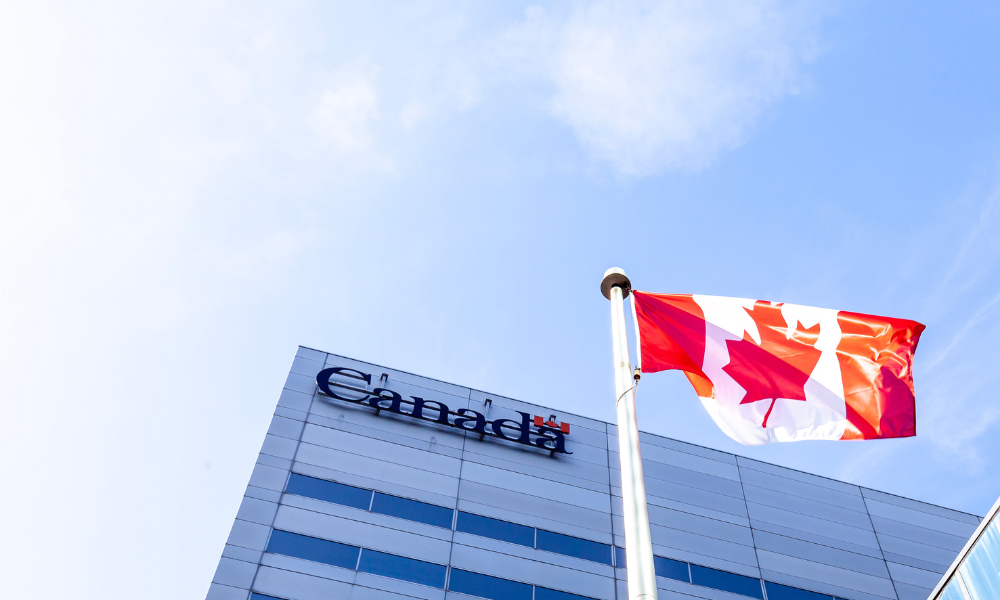And the IMF is warning of a sharp rise in small business bankruptcies across multiple industries with added risk for financial services

It is often stressful running a small business but 2020 has taken this to new heights and the effects will be long-lasting.
Canada’s small- and medium-sized enterprises (SMEs) have spent the first half of the year fighting for survival and in the years to come they will continue to bear the weight that the pandemic has put on their shoulders.
A new report from the Canadian Federation of Independent Business shows that, in Ontario alone, SMEs have taken on a combined $50 billion in debt as a result of COVID-19.
That means that three quarters of the province’s SMEs now have an average $152,000 debt that wasn’t on the horizon at the start of the year. More than two thirds say it will take them more than a year to clear this additional burden.
“Government debt has ballooned and so too has the private debt taken on by small businesses to deal with COVID-19,” said Julie Kwiecinski, CFIB’s director of provincial affairs, Ontario. “As the province moves to Stage 3 of its economic recovery on Friday, government and customer support will again become critical to helping businesses survive COVID-19.”
While the snapshot of Canadian’s economic backbone focuses on one province, where reopening is in focus this week, the issues faced by Ontario’s SMEs are widespread.
Bankruptcies could rise warns IMF
The IMF is warning that small business bankruptcies could jump by more than 20 percentage points without support measures as firms decimate their cash reserves.
Its analysis of 17 countries, including Canada, shows that 12% of SMEs could fail, up from a 4% share pre-pandemic.
Despite several measures taken by members of the G20 nations to protect their respective businesses, the new IMF report warns that we are not out of the woods yet in terms of the economic fall-out of the pandemic.
The report acknowledges that there are signs of recovery and this is expected to continue into 2021, aided by the exceptional measures taken by central banks and governments. But risks remain from a second wave of coronavirus, stretched asset valuations, volatile commodity prices, rising protectionism, and political instability.
Risk for financial sector
The IMF is calling for governments to continue to support both individuals and businesses, to avoid a spike in unemployment and household poverty.
It highlights the risk ahead for the financial services sector including credit losses for financial institutions and investors.
The organization is urging flexibility from regulators to support the use of existing capital and liquidity buffers, to enable lending to viable SMEs to continue unabated.
It also notes the essential role of central banks and financial institutions in collaborating to ensure the effective functioning of money markets, foreign exchange markets, and securities markets.



